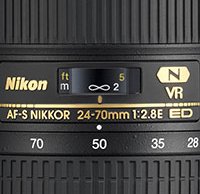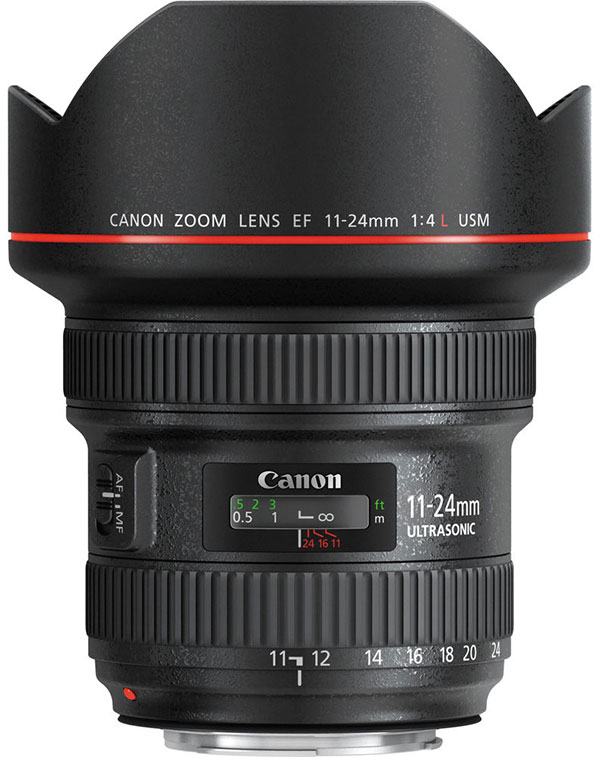To infinity… and beyond? Why lenses’ focus rings have changed over the years
posted Monday, July 25, 2016 at 3:30 PM EST

Last week I wrote an article about tips for achieving sharper landscape photos. Setting focus to infinity was once a common method to get sharp images of distant subjects, so why are modern lenses so often designed in a way which makes this difficult?
Photographer Todd Vorenkamp wrote an article for B&H a couple of years ago discussing this very topic, entitled "Who killed infinity focus?" It used to be that a lens had a distinct infinity marking, or simply didn't allow you to roam beyond that point. And with mechanical linkages, manually focusing the lens was smooth and direct, too. But then came autofocus, says Vorenkamp, and lens construction changed.
Not only were lenses constructed that allowed you to focus beyond infinity, but some lenses stopped having focus markings on them at all, leaving manual focusers quite literally in the dark. Focus rings themselves changed, too: They didn't feel the same and most photographers didn't think they felt as good to use as the older manual focus lenses.

Vorkenkamp set out to investigate why lens design and construction changed, why lenses' focus rings didn't stop at infinity any more, and why focus rings felt different. He contacted multiple lens manufacturers to get to the bottom of it. A common theme across many manufacturers is that they want their lenses to be able to correctly focus in different environmental conditions. However, some manufacturers have very specific reasons which relate to their autofocus systems. To see the reasoning provided by the manufacturer of your favorite camera system, see Vorenkamp's article.
(Seen via Reddit)